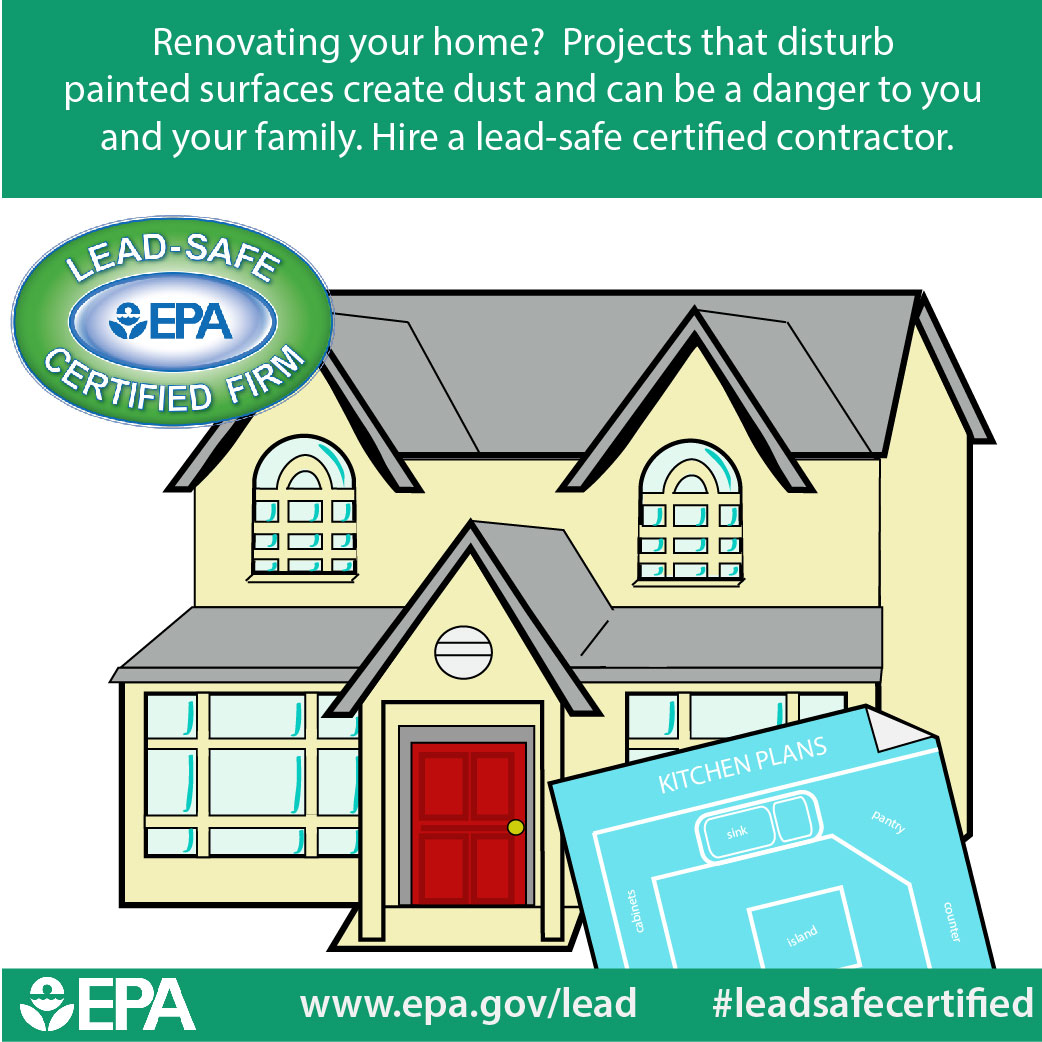Recognizing The Differences Between Interior And Exterior Paint: Key Qualities And Makes Use Of
Recognizing The Differences Between Interior And Exterior Paint: Key Qualities And Makes Use Of
Blog Article
Web Content By-Lausten Wilkerson
When you're choosing between exterior and interior paint, it's essential to recognize their fundamental differences that influence both efficiency and aesthetics. Inside paints are crafted for lower VOC degrees and smoother surfaces, making them optimal for indoor rooms, while exterior paints are made to endure rough climate condition and UV exposure. Each type offers a distinct purpose, but recognizing when to use one over the other can considerably affect your task's result. So, what variables should you consider when making your selection?
Make-up and Formula
When picking between interior and exterior paint, understanding their structure and solution is vital. Inside paints usually include a lower quantity of unstable organic substances (VOCs), making them much safer for interior air top quality. You'll notice they typically have a smoother surface, which boosts their ability to resist stains and permits simpler cleansing. They're developed to withstand the roughness of indoor atmospheres, including varying humidity degrees and temperature fluctuations.
On the other hand, outside paints are developed to sustain harsher conditions. They generally include greater degrees of pigments and additives to withstand fading from UV rays, along with to prevent mold and mold development. Their make-up includes more binders and resins, which provide far better bond to surface areas exposed to the aspects. This makes certain the paint can stand up to rainfall, snow, and varying temperatures without peeling or fracturing.
Performance and Durability
Examining performance and sturdiness is vital when choosing between interior and exterior paint. Interior paint is made for surfaces that experience less wear and tear. It typically withstands fading and scuffing, making it ideal for living areas and bedrooms. Nonetheless, it may not hold up well in high-moisture locations like bathroom and kitchens without correct solution.
On https://cristianoyiqy.activablog.com/30755720/below-are-the-basic-steps-to-partner-with-exterior-home-painters-for-an-impressive-surface , exterior paint faces harsher problems. It's crafted to endure UV rays, rainfall, and temperature fluctuations. This sort of paint usually has additives that protect against mold and mildew and mildew growth, ensuring longevity in various environments. When you utilize outside paint, you can expect it to last a number of years longer than indoor paint, supplied it's applied correctly.
One more crucial distinction depends on the finish options. Interior paints commonly have a selection of surfaces for visual appeal, while exterior paints focus on toughness over luster. If you're seeking something that can deal with the components, exterior paint is your best choice.
In contrast, if you're focused on interior aesthetics with much less issue for extreme conditions, indoor paint might be ideal. Ultimately, your selection ought to line up with the specific demands of the environment.
Aesthetic Considerations
A fresh layer of paint can transform an area, but visual factors to consider play an essential duty in your choice between exterior and interior choices. When you're selecting paint, think of the mood you wish to create. Interior paint permits you to check out a bigger series of shades and surfaces, allowing you to share your individual style and enhance your home's setting. Whether you choose soft pastels or strong colors, the appropriate indoor paint can make your areas really feel comfy, lively, or serene.
On the other hand, exterior paint requires to align with your home's design and the surrounding setting. Right here, you're not just making a design statement; you're additionally considering curb charm. Picking colors that harmonize with your area can enhance your home's value and visual appeal. Keep in mind that exterior paint is additionally based on fading and weather condition changes, so selecting a timeless shade can conserve you from constant repainting.
Eventually, think about exactly how each option fits your vision. By aligning your paint option with your preferred visual, you can develop areas that mirror your personality while preserving performance.
Final thought
When it involves picking paint, understanding the vital differences in between interior and exterior options is necessary. Interior paints focus on aesthetics and low VOCs, making them ideal for boosting your interior rooms. In contrast, outside paints are created for resilience and weather resistance, securing your home from the aspects. By considering your particular requirements and the setting, you can confidently choose the best paint to achieve the appearance and durability you want for your room.
